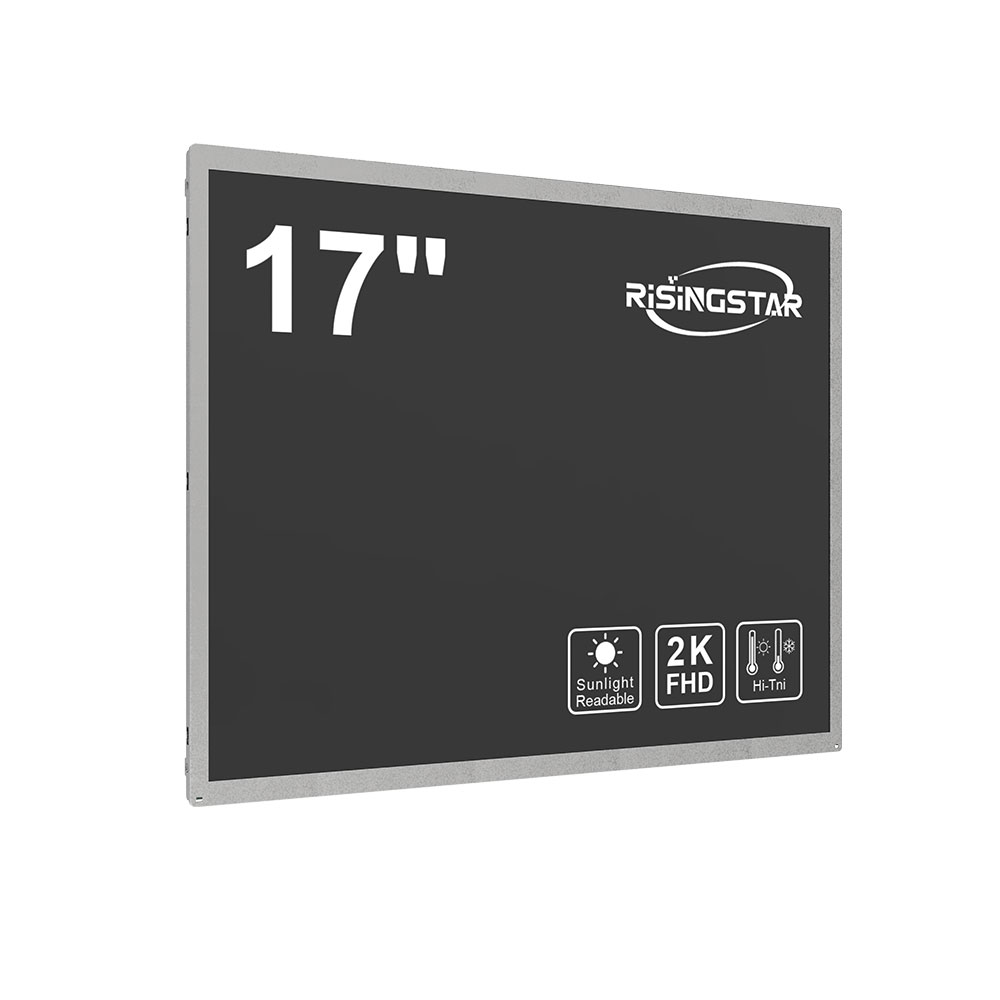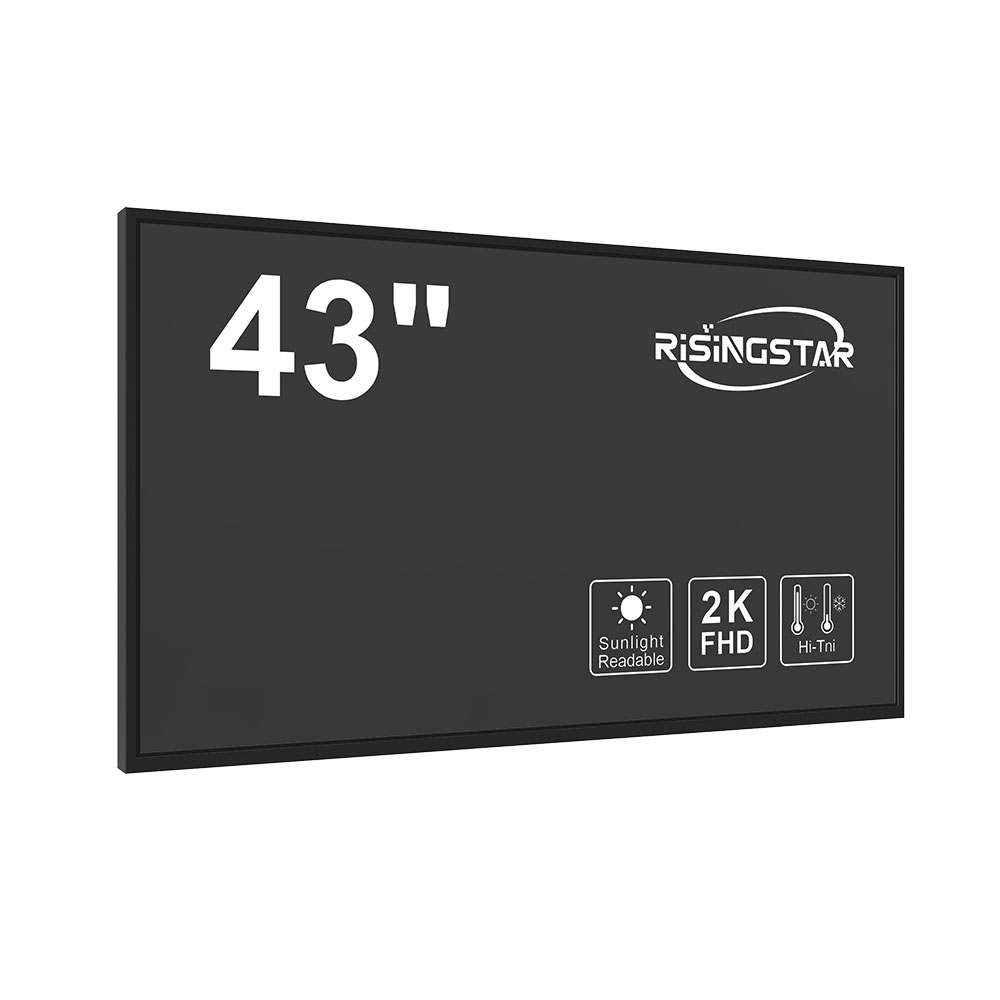- Home
- About Us
- Products
- News
- Video
- Contact
- Send Inquiry
Search
- Home
- About Us
- Products
- News
- Video
- Contact
- Send Inquiry

In the rapidly evolving world of digital signage, outdoor LED displays have become a cornerstone of modern advertising, public information systems, and smart city infrastructure. As we move into 2024, the industry is witnessing significant shifts driven by advancements in materials science, energy efficiency standards, and real-time data integration. Understanding these trends is critical for professionals in marketing, urban planning, architecture, and AV technology who are responsible for deploying high-performance, durable, and future-proof outdoor screens.
The Rise of High-Brightness, HDR-Enabled Displays
One of the most notable trends in 2024 is the widespread adoption of ultra-high-brightness outdoor LED displays capable of reaching 8,000 to 15,000 nits. This performance level ensures visibility even under direct sunlight—a crucial requirement for applications such as billboards, transit stations, and stadium scoreboards. According to the Society of Motion Picture and Television Engineers (SMPTE), brightness levels above 5,000 nits are now considered standard for outdoor environments where ambient light exceeds 10,000 lux. Manufacturers like Barco, LG, and Absen have introduced new pixel pitches (ranging from P1.2 to P2.5) that combine high resolution with optimal luminance, enabling crisp text and vibrant imagery regardless of weather conditions or time of day.

Energy Efficiency and Environmental Compliance

With global sustainability goals accelerating, LED display manufacturers are prioritizing energy-efficient designs compliant with ISO 50001 and ENERGY STAR certifications. In 2024, the average power consumption per square meter has dropped by up to 35% compared to 2020 models, thanks to innovations in driver ICs, thermal management systems, and microLED architectures. For instance, Philips Lighting’s “EcoVision” series uses adaptive brightness control that reduces power draw during nighttime hours without compromising visual quality. Additionally, many outdoor panels now feature recyclable aluminum frames and RoHS-compliant components, aligning with EU Directive 2011/65/EU on hazardous substances.
IP65–IP68 Weatherproofing and Thermal Design
Durability remains paramount for outdoor installations. The latest generation of outdoor LED screens adheres to IP65–IP68 ingress protection standards, ensuring resistance against dust, rain, snow, and even temporary submersion. These ratings are achieved through sealed enclosures, corrosion-resistant coatings, and advanced cooling mechanisms such as passive heat sinks and active ventilation fans. A case study from the City of Dubai’s Smart Mobility Initiative showed that displays with IP68 ratings maintained 99.7% uptime over 12 months despite exposure to sandstorms and temperatures ranging from -10°C to +50°C. This reliability makes them ideal for harsh environments including airports, ports, and industrial zones.

Modular Design and Scalability
Modularity continues to be a key enabler for flexibility and cost-effective deployment. Modern outdoor LED solutions offer plug-and-play modules that can be assembled on-site with minimal tools, reducing installation time by up to 40%. Companies like Daktronics and Sony have standardized their modular systems using universal connectors and tool-less mounting brackets. This modularity supports dynamic scaling—from small retail kiosks to massive 100-square-meter stadium walls—without requiring redesigns or reengineering. It also simplifies maintenance; damaged modules can be replaced individually rather than replacing entire screen arrays.
Smart Integration and Remote Management
The convergence of IoT and edge computing has transformed outdoor LED displays from static signage into intelligent nodes within larger ecosystems. In 2024, over 70% of new outdoor installations incorporate cloud-based management platforms such as BrightSign Cloud, ScreenFlow, or Samsung’s Smart Signage Platform. These systems allow remote content updates, real-time diagnostics, and predictive maintenance alerts based on sensor data (e.g., temperature, humidity, and panel performance). Furthermore, integration with third-party APIs enables real-time data visualization—for example, live traffic updates, weather forecasts, or social media feeds—enhancing engagement and utility.
Human-Centric Content and Accessibility
Designers are increasingly focusing on human-centric principles, especially for public-facing displays. This includes implementing accessible features like adjustable contrast ratios, multilingual support, and compliance with WCAG 2.1 guidelines. A recent report by the International Association of Display Manufacturers (IADM) found that cities using ADA-compliant outdoor displays saw a 28% increase in user interaction among visually impaired populations. Additionally, AI-driven content optimization tools now analyze audience demographics in real time via camera analytics, allowing dynamic adjustments to content format, language, and timing to maximize relevance.
Future Outlook: MicroLED, AR Integration, and Sustainability
Looking ahead, the industry is poised for transformative changes. MicroLED technology promises superior brightness, color accuracy, and lifespan (up to 100,000 hours), though current costs remain prohibitive for mass adoption. Augmented Reality (AR) integration is emerging as another frontier—companies like Microsoft HoloLens and Magic Leap are piloting outdoor AR overlays on LED screens, opening possibilities for interactive storytelling and immersive advertising. On the sustainability front, the development of biodegradable substrates and solar-powered display units is gaining traction, supported by initiatives like the Green Electronics Council’s EPEAT program.
To succeed in this landscape, stakeholders must adopt a holistic approach combining technical expertise, environmental responsibility, and user-centered design. Whether deploying a single screen for a retail store or managing a city-wide network, understanding the interplay between hardware capabilities, software intelligence, and regulatory frameworks will define success in 2024 and beyond.